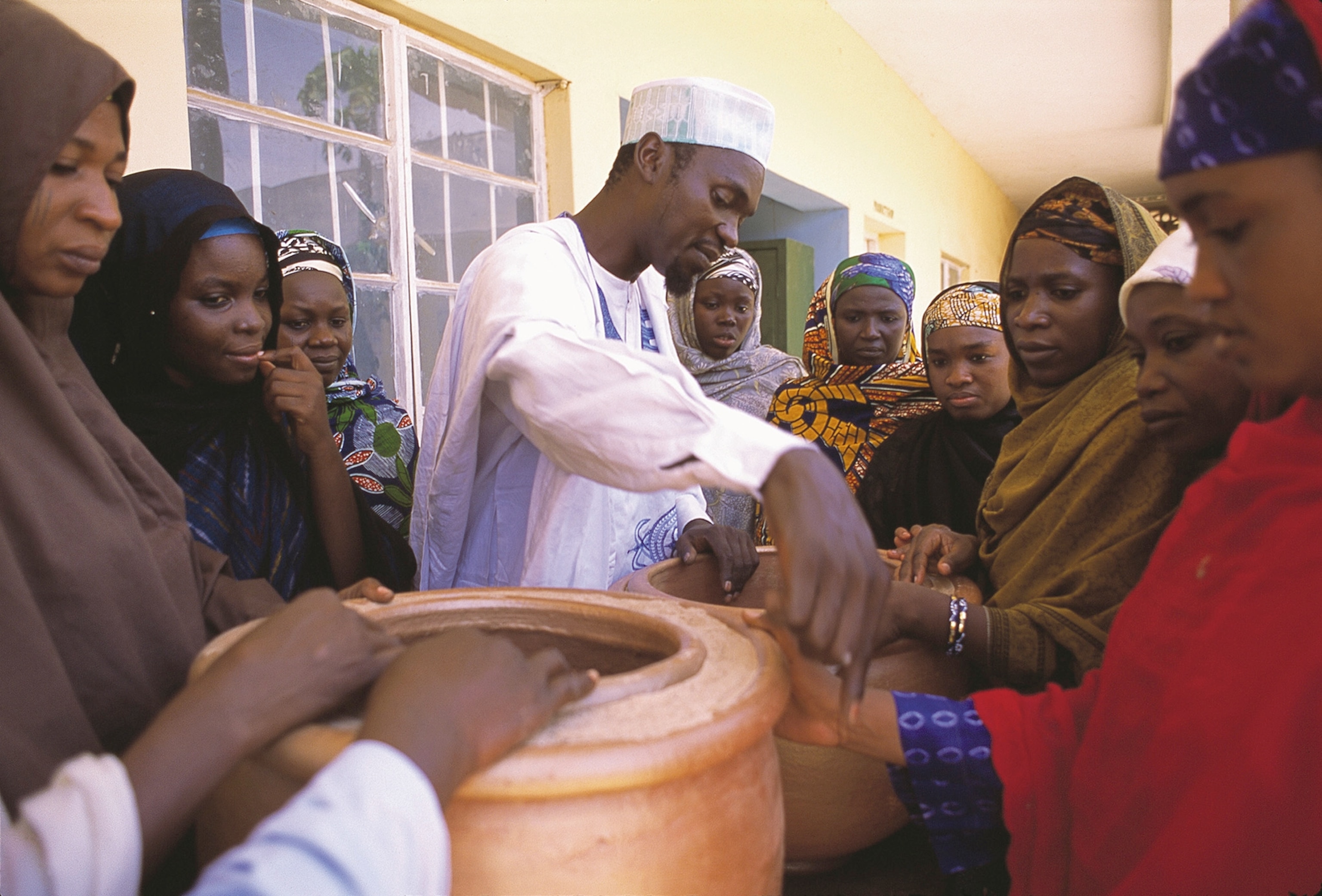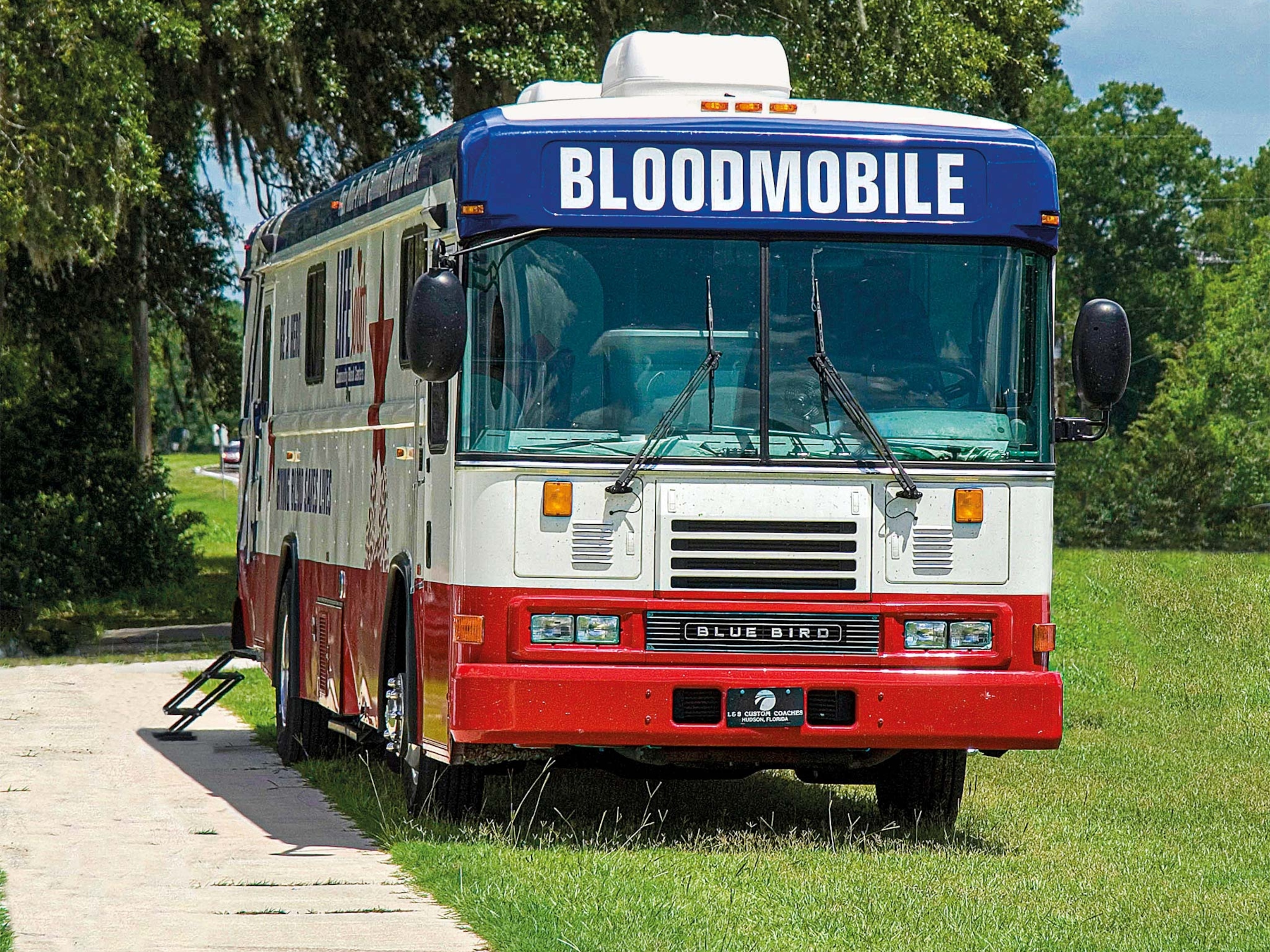
No Electricity? A Low-Tech System Keeps Things Chilled
Mohammed Bah Abba's pot-in-pot coolers help rural Africans preserve perishables.
Simple solutions can often have dramatic effects.
That’s the case in many parts of rural Africa, where the lack of access to or high cost of electricity prevents many people from basics most of us take for granted, like refrigerators.
Nigerian Mohammed Bah Abba’s innovative food-cooling system adapted old-world technology into inexpensive, portable refrigerators that are particularly effective in desert climates, where fruits, vegetables, and other perishables can quickly spoil.

Abba, a college lecturer who came from a family of clay-pot makers, saw an opportunity to raise living standards for rural Nigerians. In the late 1990s, he developed a pot-in-pot system that could extend the shelf life of perishables from days to weeks.
His concept costs about two to four dollars and is decidedly low tech. It consists of two earthenware pots, one smaller than the other. The outer pot is filled with wet sand, while the inner pot, used to store foods, is covered with a wet cloth.
As the water in the sand in the outer pot evaporates, the inner pot is cooled to as low as 40ºF, preventing bacteria from flourishing and keeping foods, or even vaccines that require refrigeration, safe.
The pot-in-pot system enables farmers to sell produce for longer periods of time and at higher prices, and they’ve cut the daily market trips many families make to purchase fresh food.
Before his death in 2010, Abba continually refined the pot-in-pot system, then hired local potmakers—at his own expense—to mass-produce a first batch of 5,000 pots, distributing them to five villages in Jigawa. He eventually supplied another dozen local villages with 7,000 pots.

He demonstrated the system to illiterate villagers in a video recording featuring local actors and projected with power from a portable generator.
Over 100,000 earthenware pots—once hailed by Time magazine as one of the best inventions of the year—have been distributed in rural Nigeria, Cameroon, Chad, Eritrea, and Sudan.





